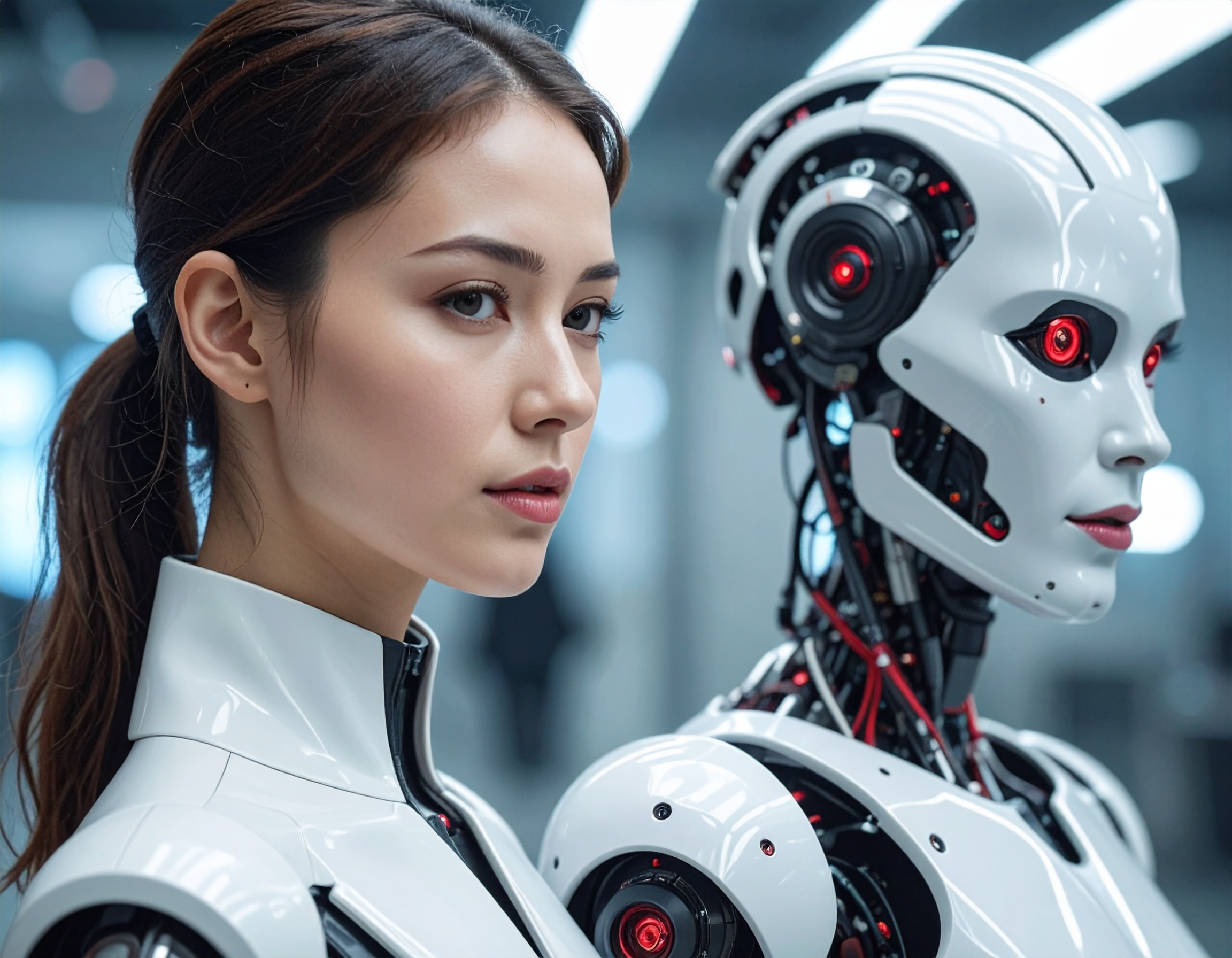Rise of the Robot Companions: How Intelligent Agents Are Becoming Part of Daily Life in China

A New Trend Unfolds: AI Pets in Public Spaces
On April 11, 2025, China’s national news outlet Xinhua reported on a fascinating and fast-growing phenomenon: robotic pets and AI-powered companions are becoming a common sight across Chinese cities. These intelligent agents, often designed as robotic dogs or humanoids, are turning heads and changing perceptions of what modern life with AI looks like.
For example, a video from Shanghai went viral showing a woman casually walking a robotic dog, accompanied by a humanoid robot. The moment captured the imagination of millions online, with users on platforms like Weibo commenting, “Sci-fi has now become a reality.” In Chengdu, another robotic dog drew attention by carrying a real puppy in its back compartment, blending innovation with charm.

From Digital Entertainment to Everyday Utility
These digital employees aren’t just for show—they are becoming increasingly useful. A model called Go2, created by Chinese robotics company Unitree Robotics, has already sold over 3,000 units online through platforms like Taobao. Many users enjoy its steady walking ability, expressive movements, and ability to interact with people, especially children.
Across China, these non-human workers are being deployed in creative and meaningful ways:
- In Hangzhou, a robot named “Xiao Xi” helps care for elderly residents by delivering medications and offering companionship.
- In Chongqing, robotic dogs have performed lion dances during a city marathon.
- In Qingdao, they are used in emergency response and search-and-rescue operations.
- In Beijing, they patrol public areas as part of smart city surveillance systems.

A Market on the Rise
As robotic companions prove their value in both public and private life, the market for these AI-powered devices is booming. Experts predict that China's intelligent robot sector will grow from 468 million yuan in 2023 to over 4.8 billion yuan by 2030. Government support is also strong, with national policies encouraging the development of AI-integrated devices and smart manufacturing equipment.
This surge in adoption highlights how intelligent agents are no longer futuristic concepts—they're becoming everyday helpers and companions. As the technology matures and becomes more affordable, digital employees may soon become a regular part of homes, hospitals, schools, and city services across the world.

Key Highlights:
- Viral Public Sightings
- In Shanghai, a woman walking a robotic dog and humanoid companion sparked viral interest.
- In Chengdu, a robotic dog carrying a live puppy drew crowds and online buzz.
- Popular AI Models
- The Go2 quadruped robot by Unitree Robotics has sold over 3,000 units on Taobao.
- Users praise its stable movement, interactive features, and child-friendly behavior.
- Real-World Applications
- In Hangzhou, the robot “Xiao Xi” helps elderly patients by delivering medicine and providing companionship.
- Robotic dogs perform lion dances, assist in search and rescue, and patrol urban areas.
- Economic Growth Potential
- China's intelligent robotics market is projected to grow from 468 million yuan (2023) to over 4.8 billion yuan by 2030.
- Strong government backing is driving innovation in smart devices and AI integration.
- Cultural Impact
- The rise of these intelligent agents, non-human workers, and digital employees is reshaping daily life and challenging traditional ideas of companionship and labor.
Reference:
https://english.news.cn/20250411/0c1632f7318e47a49fb0a6423e4ff83f/c.html


